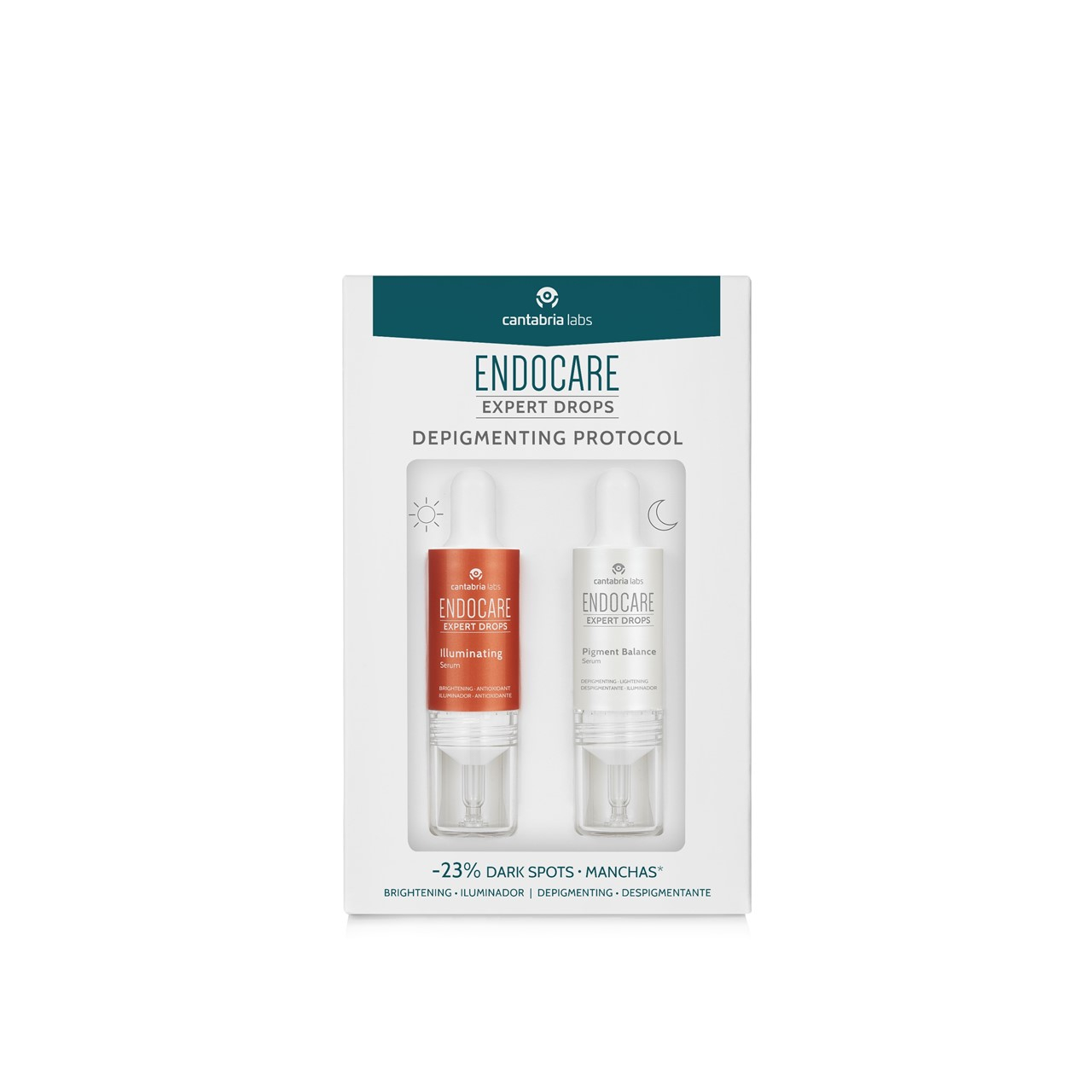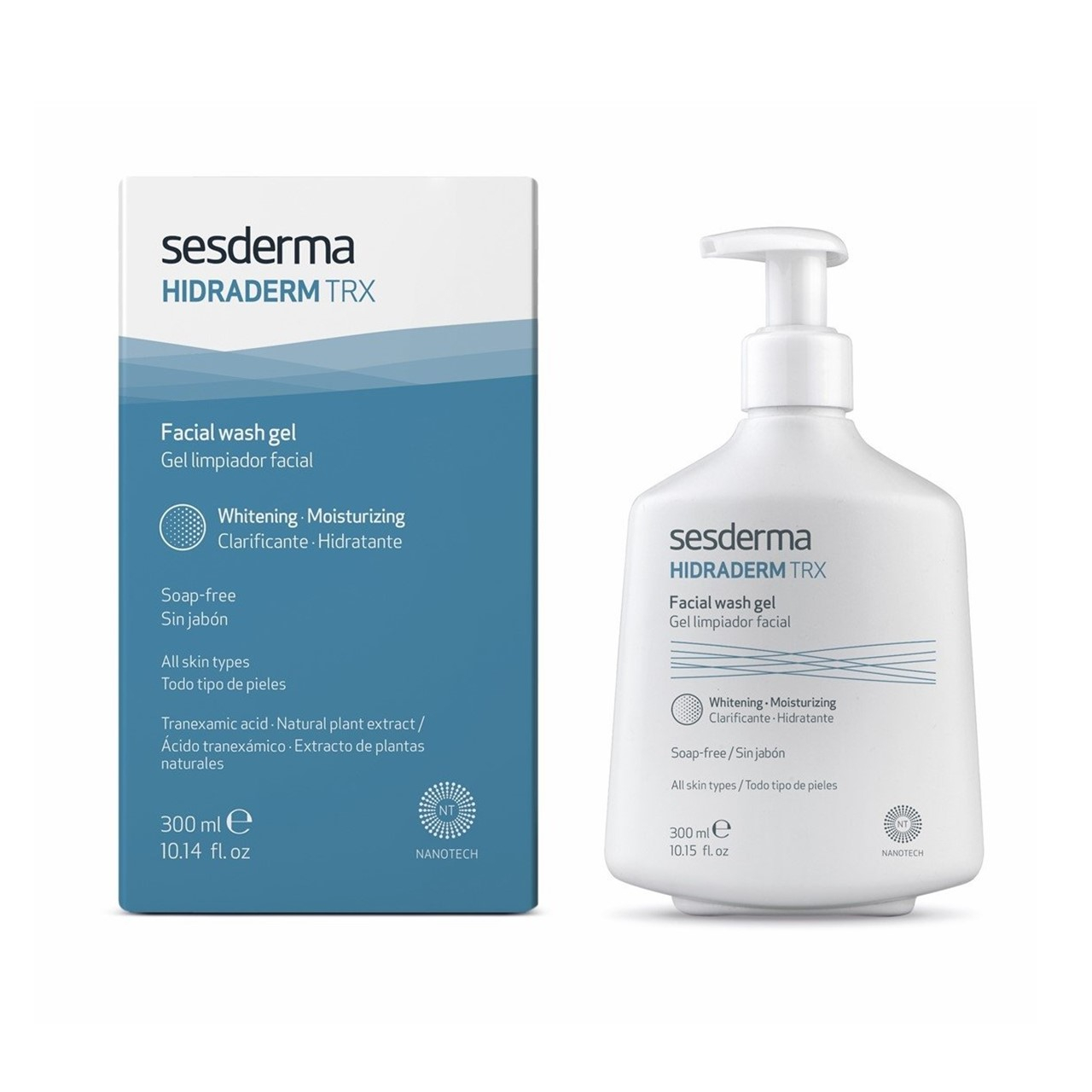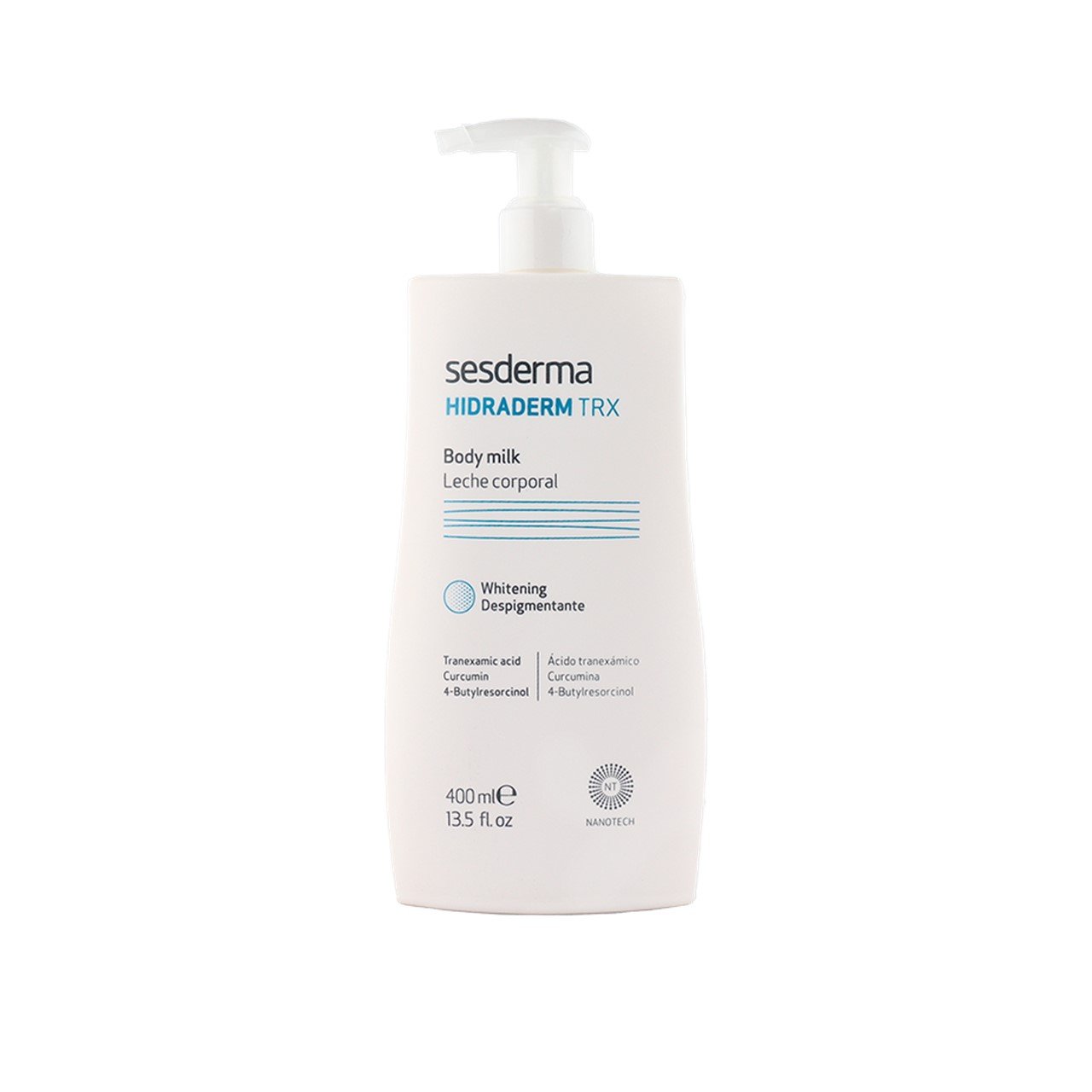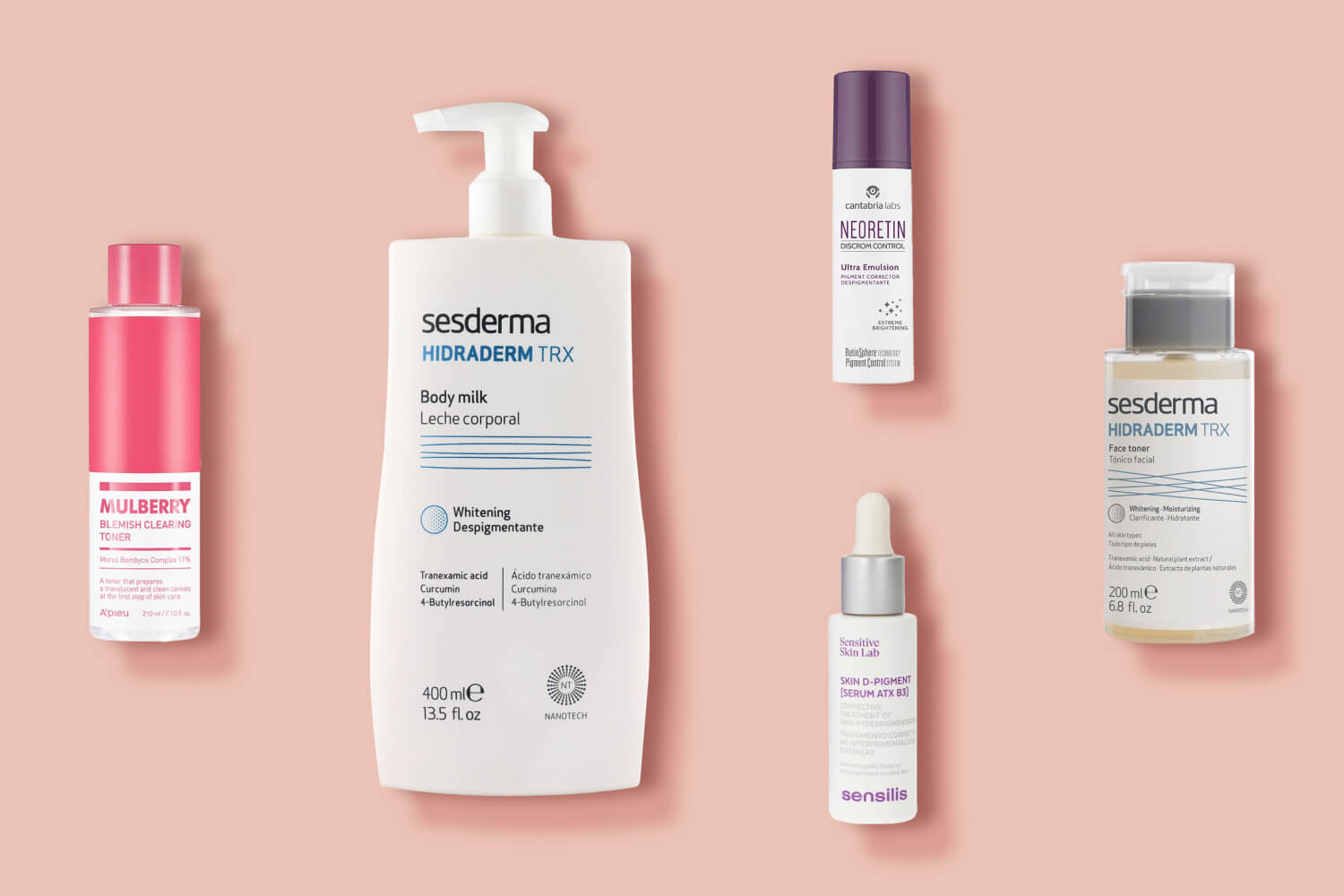
Tranexamic acid isn’t the most famous of skincare ingredients–it’s not as beloved as vitamin C, nor as coveted as retinol. However, you could call it a bit of an up-and-coming star. Recent studies have shown that tranexamic can play a really important role in the fight against dark spots and hyperpigmentation, even on sensitive skin! Today, we’re going to tell you how you can use it to your advantage. Get to know this promising ingredient below!
On this post:
- What is tranexamic acid?
- How tranexamic acid benefits the skin
- Potential side effects of tranexamic acid
- Who should use tranexamic acid?
- How to use tranexamic acid in your skincare routine
- What kind of products contain tranexamic acid?
What is tranexamic acid?
Tranexamic acid is a synthetic derivative of an amino acid called lysine. For decades, it’s been used as a medicine to treat coagulation disorders, but more recent studies have suggested that it can also help improve the appearance of melasma and other hyperpigmentation disorders, like post-inflammatory hyperpigmentation (PIH).
As for what tranexamic acid is not: it’s not a AHA, BHA, or PHA, and it’s also not a retinoid. It can be used in tandem with all of these ingredients, but more on that in a second!
How tranexamic acid benefits the skin
It brightens dark spots and hyperpigmentation
The key benefit of tranexamic acid for the skin is, as we have seen, its ability to reduce dark spots. Now, there are plenty of ingredients out there that offer the same benefit (and they’re all worth looking into), but tranexamic acid makes it work through a slightly different mechanism.
Here’s how it all works: when UV radiation reaches the skin, it kickstarts the production of a protein called plasminogen. Plasminogen then turns into plasmin, and this triggers a chain of events that results in the production of melanin. There’s nothing wrong with the skin producing melanin after sun exposure–that’s a natural, protective mechanism. However, if you deal with hyperpigmentation, you may want to reduce that production to make sure your dark spots don’t grow any darker. That is where tranexamic acid comes in.
Studies have shown that tranexamic acid blocks the transformation of plasminogen into plasmin. To put it very simply, this means that tranexamic acid interrupts the chain of events that would ultimately result in the production of melanin.
Because of this ability to reduce the production of melanin, tranexamic acid can be useful both in the prevention and correction of existing dark spots, as it will keep them from growing darker and promote the normalization of the skin tone.
Potential side effects of tranexamic acid
Overall, tranexamic acid is a well-tolerated ingredient and can be used by all skin types, including the most sensitive. Just keep in mind that, if you have sensitive skin, we always recommend that you always do a small patch test first, in order to figure out your skin’s individual tolerance to the ingredient.
According to a study that looked at the topical application of tranexamic acid, the most common side effects of this active are redness, irritation, dryness, and scaling. These side effects are common to many ingredients, and they can be minimized with small adjustments to your routine: you can, for example, use a richer night cream to offset the dryness, or space out the application of tranexamic acid to give your skin a break.
When in doubt, you know the Care to Beauty way: stop using the product, let your skin recover, and then resume using it in gradual and spaced applications, a couple of times a week. Keeping your skin comfortable (and your skin barrier intact) should always be your number one priority!
Tranexamic acid and sun exposure
Tranexamic acid is not photosensitizing, so it won’t increase your skin’s sensitivity to the skin. This shouldn’t be your cue to stop using sunscreen, though! Whenever you’re doing a depigmenting skincare routine, it’s super important to complement the brightening and brightening action of your main actives–in this case, tranexamic acid–with very high sun protection (these are some of the sunscreens we recommend).
Tranexamic acid and pregnancy
So far, there is no indication that tranexamic acid should be avoided during pregnancy. However, keep in mind you should always consult a doctor if you are pregnant and want to introduce new products into your routine.
Who should use tranexamic acid?
Anyone looking to correct dark spots and hyperpigmentation should consider adding tranexamic acid to their skin care routine. As we have seen, this ingredient is effective in correcting dark spots through a different mechanism than other brightening ingredients; therefore, it is a great idea to combine tranexamic acid with other brightening actives to promote optimal results. More on that below!
How to use tranexamic acid in your skincare routine
Since tranexamic acid is a depigmenting ingredient, your instinct may be to only use it in the evening–and there’s nothing wrong with that. However, you will also find products with tranexamic acid that specifically state you should be using them twice a day, in the morning and evening. When in doubt, follow the instructions! And, of course, don’t forget to take your sunscreen application very, very seriously.
As for ingredient combinations, tranexamic acid is a great team player–in part because, as we’ve seen, it has a different mechanism of action than other depigmenting actives, and is quite well tolerated by different skin types. Some of the best ingredients you can combine with tranexamic acid include azelaic and kojic acids, niacinamide, and vitamin C. You can also combine tranexamic acid with retinol, as long as your skin plays well with retinol.
What kind of products contain tranexamic acid?
Tranexamic acid has shown so much promise in the fight against dark spots and hyperpigmentation that, nowadays, you can easily find it in all kinds of products, from cleansers and toners to intensive depigmenting serums. Here are some options we like:
Tranexamic acid toners
A toner is always an easy product to integrate into a skincare routine that is already well structured. We highlight these two options for their slightly different placement.
Sesderma Hidraderm TRX Face Toner is a facial toner developed specifically for sensitive skin. Hyaluronic acid and niacinamide in the formula keep skin hydrated and healthy, while tranexamic acid works to reduce dark spots and boost the brightening effects of the rest of your skincare routine. If you prefer your tranexamic side with a touch of K-Beauty expertise, you can try the A’Pieu Mulberry Blemish Clearing Toner instead. This is a soothing and brightening toner that combines the properties of tranexamic acid, niacinamide, and allantoin in every drop.
Tranexamic acid serums
Serums tend to do the heavy lifting in most skincare routines. Therefore, if you want to take the greatest advantage of the properties of tranexamic acid, a serum can be a great option for you.
The Sensilis Skin D-Pigment [Serum ATX B3] Corrective Treatment was specifically designed to help prevent and reduce hyperpigmentation on sensitive skin types. The formula features tranexamic acid, niacinamide, and vitamin C, three star ingredients that work together to effectively correct and prevent hyperpigmentation. Studies have shown that this serum can reduce the appearance of dark spots by 18% in just two months.
The Endocare Expert Drops Depigmenting Protocol is also an interesting option. With this Endocare product, you get two serums with complementary actions: one for the daytime and one for the nighttime. The daytime serum is rich in patented actives and vitamin C, but it’s in the nighttime serum that you’ll find the heavyweight brightening ingredients. Tranexamic acid and azelaic acid join forces with retinol and bakuchiol to correct dark spots and stimulate cell renewal, for a radiant look.
Tranexamic acid body care
We know that most people are looking for solutions for dark spots on the face (or, at most, the neck and décolleté), but there are plenty of people who are concerned with evening out the skin on their body. Here, Sesderma is the brand that stands out for the Hidraderm TRX range, which not only includes a cleanser that can be used on the face and body, but also a body lotion specially created to brighten dark spots and patches on the body. With tranexamic acid, niacinamide, and 4-Butylresorcinol (an often overlooked tyrosinase inhibitor), this body lotion has a light texture that makes it the ideal body moisturizer for those who not only need to deeply hydrate the skin but also even out the skin. tone.
As we have seen, tranexamic acid is a super interesting ingredient for anyone who wants to reduce hyperpigmentation and dark spots, even in their more complex forms, such as melasma or post-inflammatory hyperpigmentation (PIH). Well tolerated by sensitive skin, and with a great ability to work together with other brightening ingredients, tranexamic acid is definitely an ingredient to consider if you’re putting together a routine dedicated to evening out the skin tone. Discover our favorite products with tranexamic acid, and start your journey with this ingredient right away!
Beauty Writer & Editor



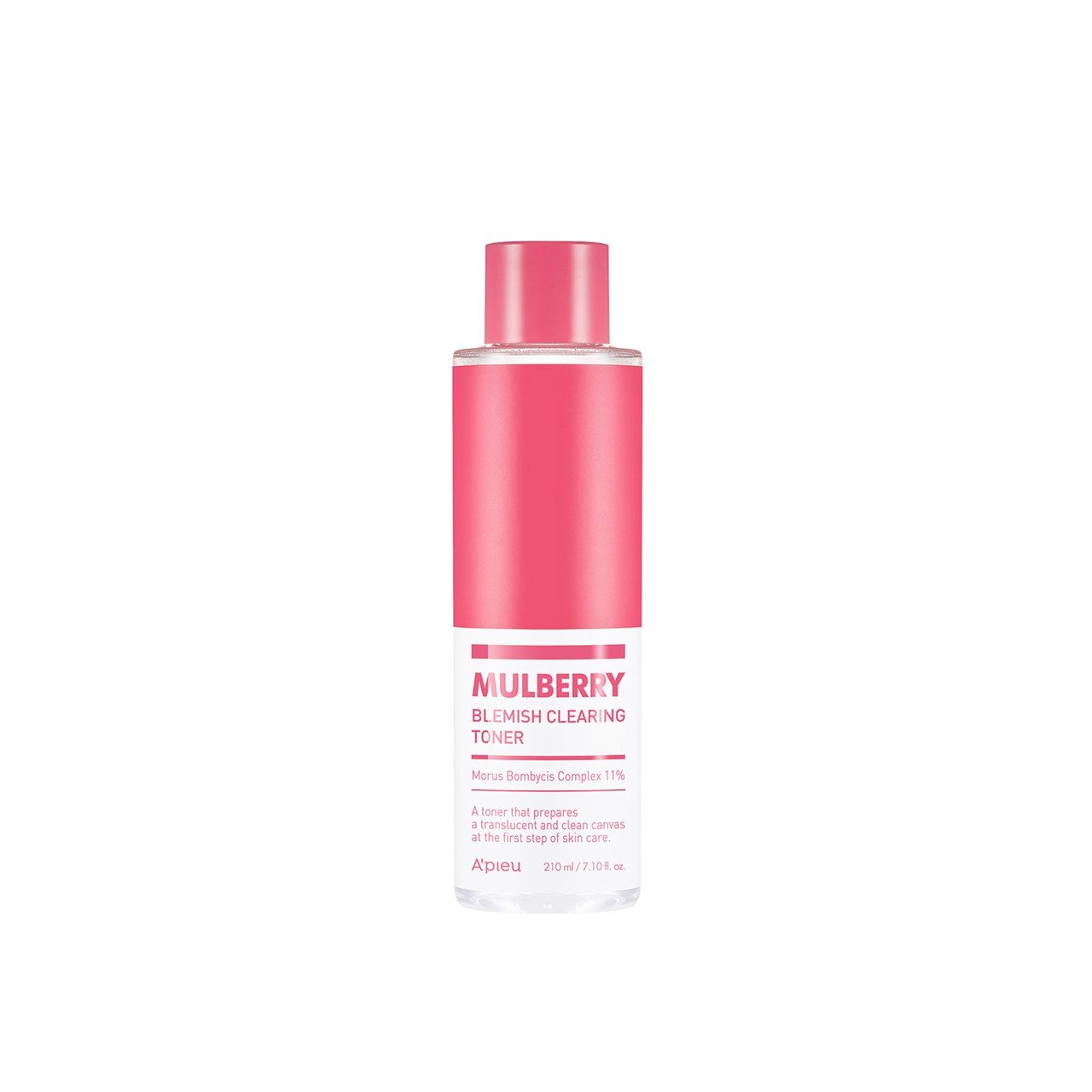
![Sensilis Skin D-Pigment [Serum ATX B3] Corrective Treatment 30ml](https://static.beautytocare.com/media/catalog/product/s/e/sensilis-skin-d-pigment-serum-atx-b3-corrective-treatment-30ml.jpg)
